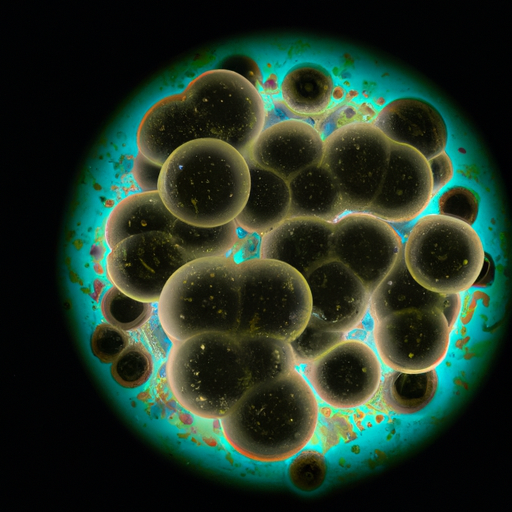Introduction
Streptococcus pneumoniae, commonly known as pneumococcus, is a bacterium that can cause a range of diseases, including pneumonia, meningitis, and sepsis. Understanding the factors that make this bacterium deadly is crucial in developing effective treatments and preventive measures. In this article, we will unveil the major virulence factor of Streptococcus pneumoniae and explore its significance in causing severe infections.
What is the Major Virulence Factor of Streptococcus pneumoniae?
The major virulence factor of Streptococcus pneumoniae is a protein called pneumolysin. Pneumolysin is a toxin produced by the bacterium and plays a critical role in its pathogenicity. It is responsible for damaging host cells and evading the immune system, leading to the development of severe infections.
The Role of Pneumolysin in Pathogenesis
Pneumolysin acts as a multifunctional virulence factor, contributing to the pathogenesis of Streptococcus pneumoniae in several ways:
1. Host Cell Damage: Pneumolysin can form pores in the membranes of host cells, including those of the respiratory tract. This pore formation leads to cell lysis and tissue damage, facilitating the spread of the bacterium and causing inflammation.
2. Immune Evasion: Pneumolysin interferes with the host immune response by suppressing the activity of immune cells, such as neutrophils and macrophages. This allows the bacterium to evade clearance by the immune system and establish a persistent infection.
3. Induction of Inflammation: Pneumolysin triggers the release of pro-inflammatory molecules, such as cytokines and chemokines, from host cells. This inflammatory response contributes to the symptoms associated with pneumococcal infections, including fever, cough, and difficulty breathing.
Significance of Pneumolysin in Severe Infections
The presence of pneumolysin in Streptococcus pneumoniae strains has been strongly associated with the development of severe infections. Studies have shown that strains producing higher levels of pneumolysin are more likely to cause invasive diseases, such as meningitis and sepsis, compared to strains with lower pneumolysin expression.
Furthermore, pneumolysin has been found to enhance the bacterium’s ability to colonize and persist in the respiratory tract, increasing the risk of recurrent infections. Its role in damaging host cells and evading the immune system contributes to the severity and complications associated with pneumococcal infections.
Conclusion
In conclusion, pneumolysin is the major virulence factor of Streptococcus pneumoniae. This protein plays a crucial role in the pathogenesis of pneumococcal infections by damaging host cells, evading the immune system, and inducing inflammation. Understanding the significance of pneumolysin in causing severe infections is essential for developing targeted therapies and vaccines to combat Streptococcus pneumoniae and reduce the burden of pneumococcal diseases.




